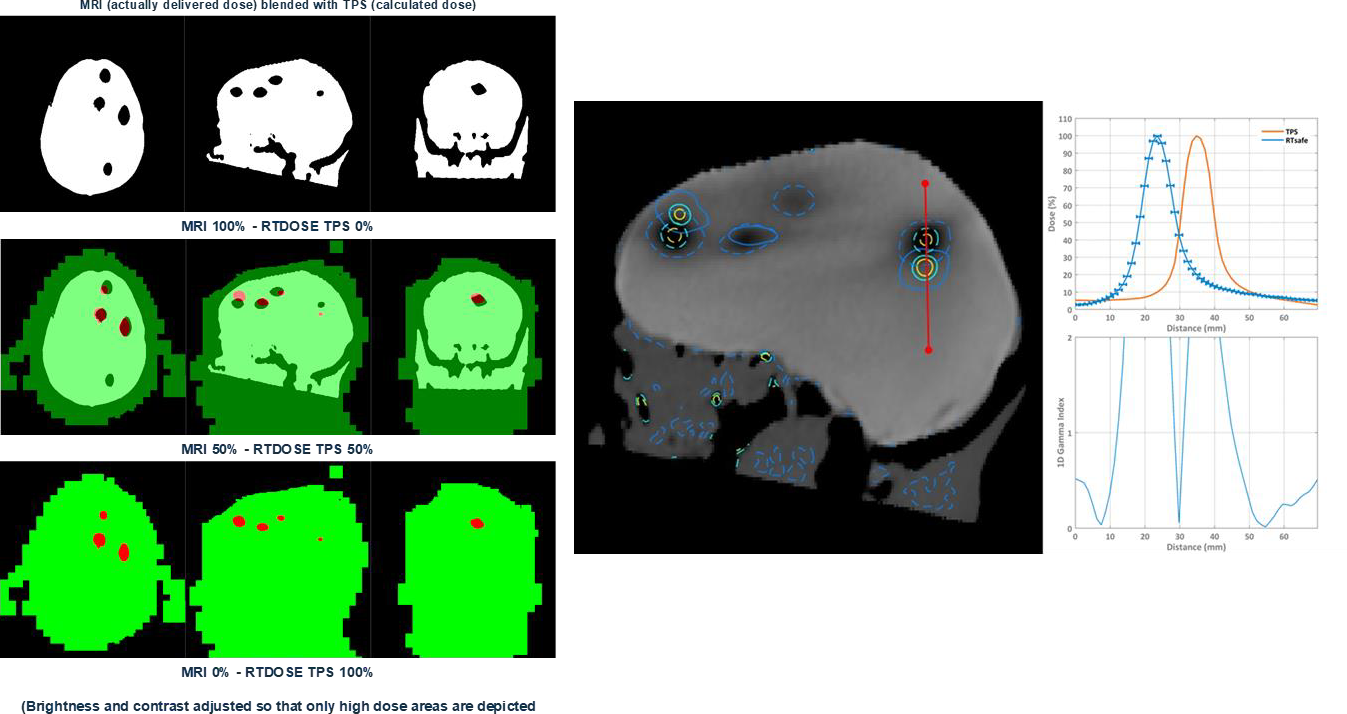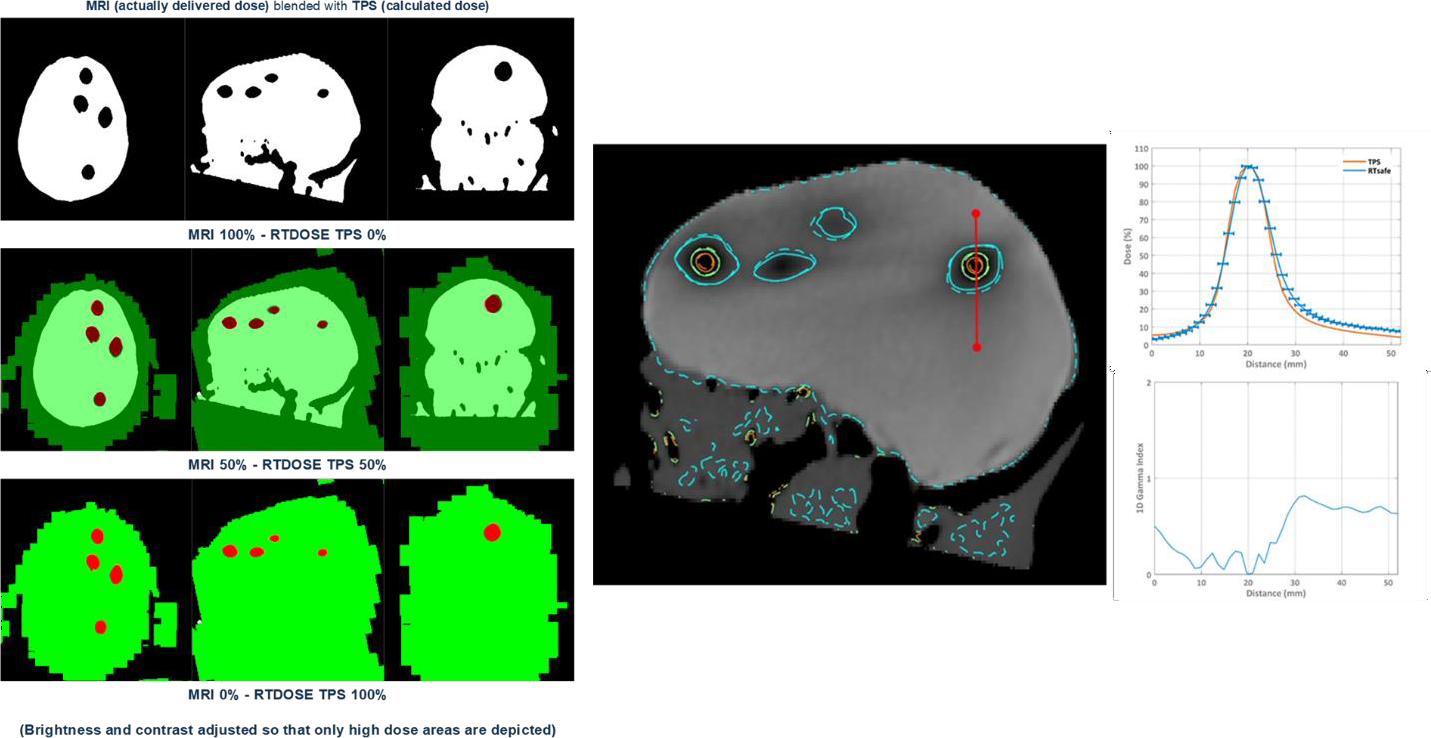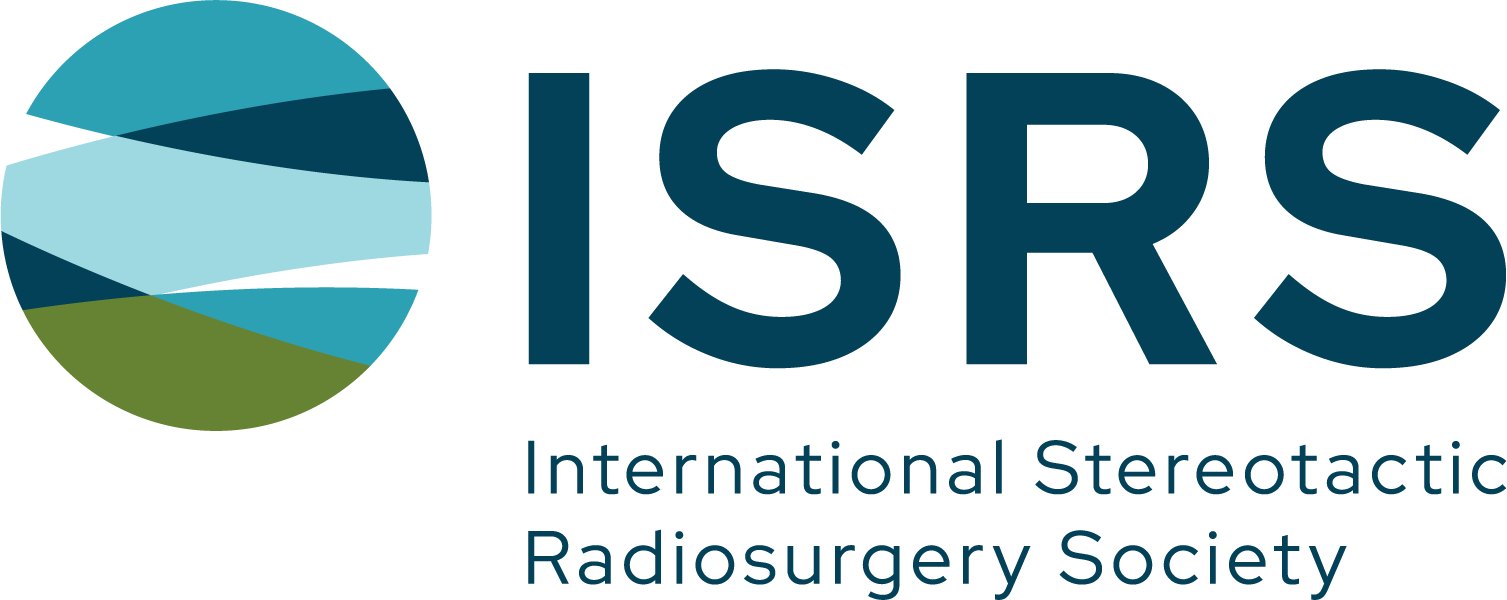RTsafe March 2023

Single iso multi-focal SRS treatments require high geometrical accuracy in dose delivery. When treating small lesions, especially the ones that are located far from the isocenter, the geometric uncertainty of the final dose deposition is related, among other parameters, to the uncertainties of the patient immobilization and treatment positioning. Thus, patient positioning uncertainty during treatment introduces significant deviations in the cumulative delivered dose distribution, as compared to the intended one.
Recent studies highlight the fact that the dose delivered to a lesion located at treatment isocenter, is mostly affected by the linear translations of the patient position and less by slight rotational uncertainties. On the contrary, off-axis targets (distance > 4cm from ISO) can reveal a shifted dose deposition, relative to that expected from the TPS, ranging from 1.1mm to 2.4mm. In some cases, the spatial error has been found greater than 2.4 mm.
Encephalon 3D phantom enables high spatial resolution and real-3D dosimetry, in a specific patient-derived anatomy. The 3D evaluation of the spatial accuracy reveals any minor uncertainties even in the most demanding plans, such as peripheral multiple metastases cases.
A selected case, using Encephalon 3D phantom, revealing a clear tilt mainly in the sup-inf direction (that causes a miss on the furthest PTVs from the isocenter) is presented here highlighting the aforementioned fact. Post irradiation data processing was applied for further investigation of the shift.

Figure 1. (left) Qualitative comparison between TPS and RTsafe gel dose read out. High dose regions correspond to darker areas. 1D profile comparison between calculated (TPS) and measured (RTsafe) dose distributions (right) at the location depicted by the red line is also presented.
The team, repeated the project of that case by making all the necessary corrections, from set-up, image- guidance, and irradiation, and a second dosimetric analysis report was created. This process was implemented to verify the spatial accuracy of dose delivery in an intra-PTV manner. Superb intra-PTV accuracy of dose delivery was detected. Thus, having a successful set-up, image-guidance and irradiation of the phantom, a very good spatial accuracy of dose delivery was achieved as seen in Figure 2.

Figure 2. (left) Qualitative comparison between TPS and RTsafe gel dose read out. High dose regions correspond to darker areas. 1D profile comparison between calculated (TPS) and measured (RTsafe) dose distributions (right) at the location depicted by the red line is also presented.
For more information on RTsafe’s remote end-to-end dosimetry service contact us at [email protected]
